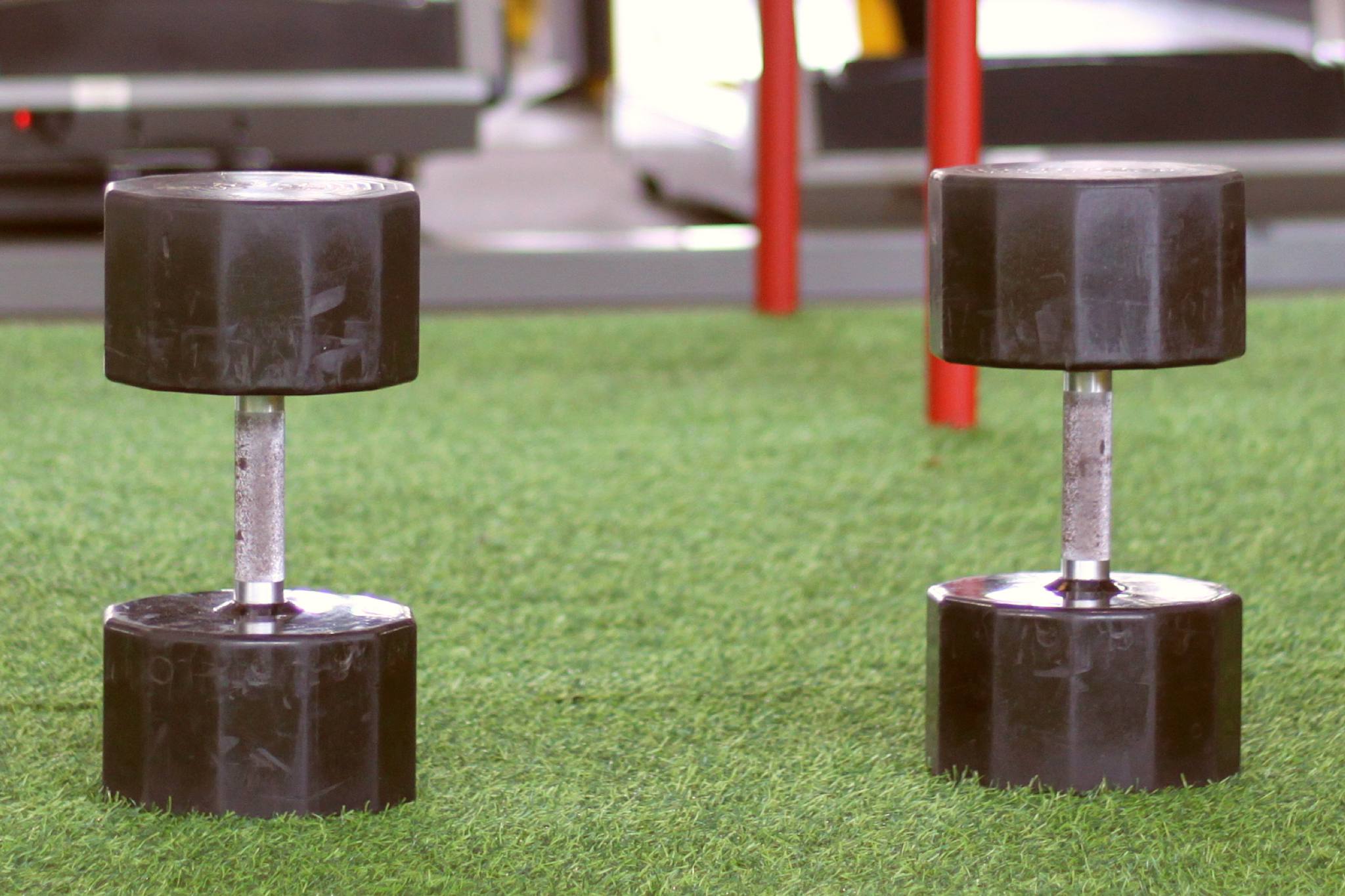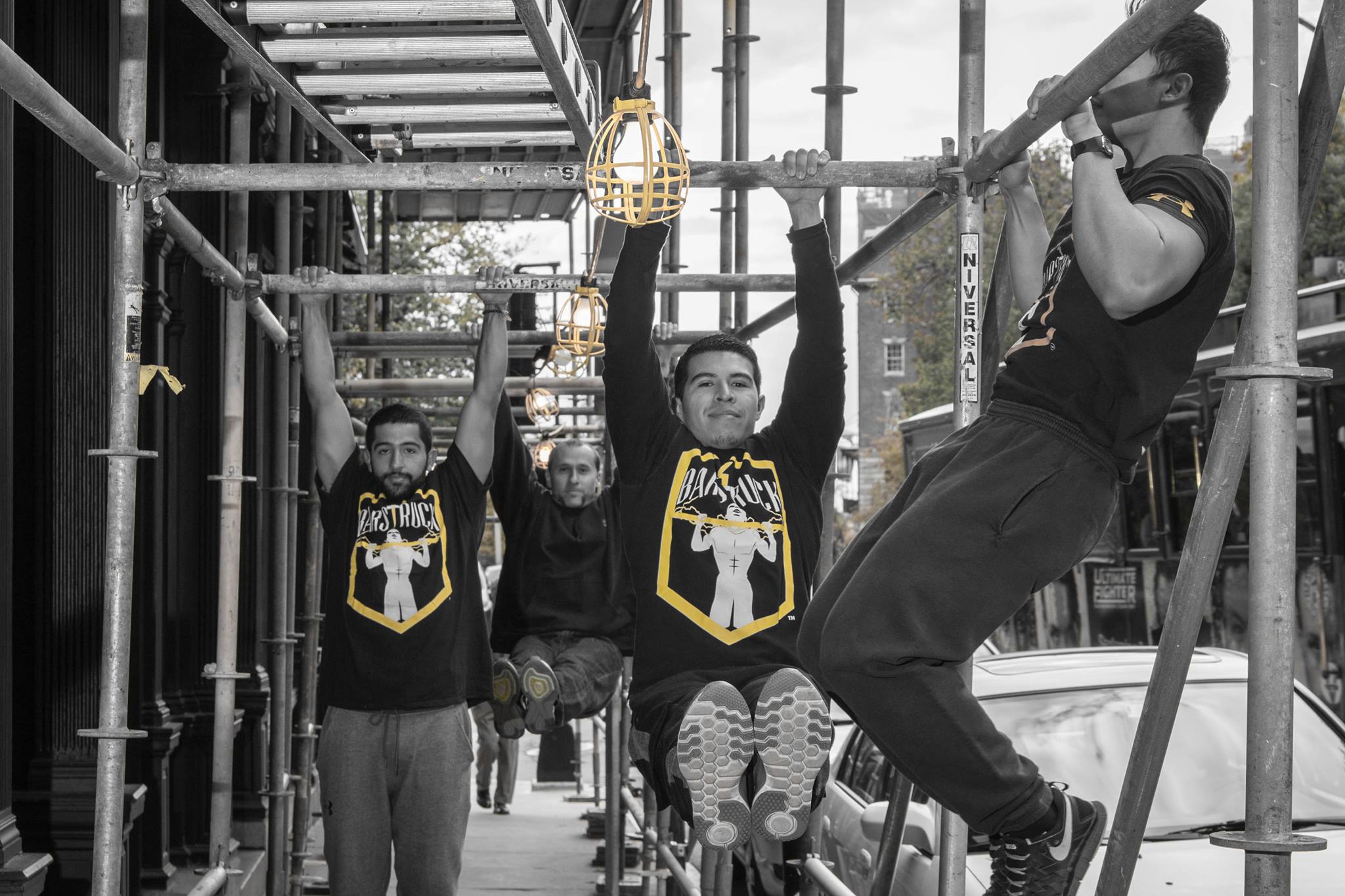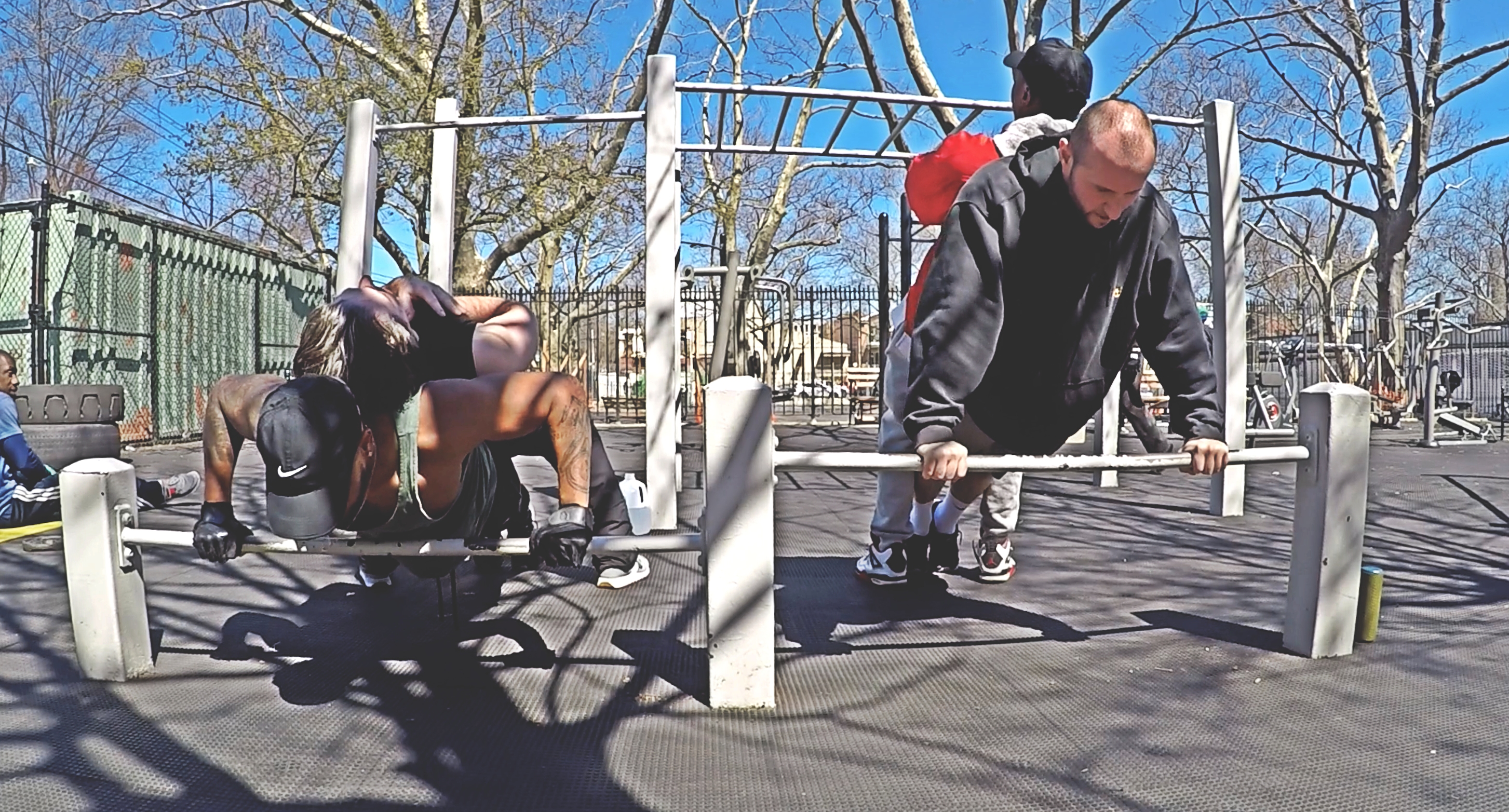How do you begin exercising when you’re a complete beginner and don’t know where to start?
The answer to this question can only be answered by you.
Hold on a moment though!
I know what you’re probably thinking - but Martin, I came here so that YOU as the expert trainer could give me the answer. I get it. The problem with this prescriptive approach when writing for a broad audience is that it’s like trying to fit a square peg into a bunch of different shaped holes.
Sure, there are bound to be some square holes that the peg will fit in, but what about the round ones? The rectangular ones? The octagons?
You get the idea. If exercise was a one-size-fits-all approach then we wouldn’t have the emergence of so many different fitness disciplines.
For this reason, I’ve outlined a series of steps below that will help guide you towards starting an exercise program that is suited to your needs as a beginner fitness enthusiast.
If you follow them to the best of your capability, you will hopefully get on the right track to living a healthier lifestyle and reaching your fitness goals. If you get stuck in the process, don’t hesitate to reach out. I’m always glad to assist.
”Health is a divine gift, and the care of the body is a sacred duty. To neglect it is to sin.”
— Legendary Strongman Eugen Sandow
Table of Contents
- How Do I Begin An Exercise Program?
- Establish A Routine
- Stay On Track
- Utilize Self-Accountability Hacks
- Find A Partner Or Join A Community
- Final Thoughts On Starting An Exercise Program
STEP ONE: How Do I Begin An Exercise Program?
The very first thing you need to figure out is what it is that actually interests you.
The reason this is so important is because ultimately, you want fitness to become part of your healthy lifestyle and if you don’t like the style of fitness that you’re doing, then you won’t stick with it.
You may already have some idea of which direction you plan on going in, but in case you’re completely lost, a good place to start is to consider the four most common styles of training:
- Calisthenics (my personal favorite)
- Weightlifting
- Kettlebell Training
- Yoga
When you’re deciding between them, consider each style’s advantages and disadvantages and the reasons why it might be a good choice for your fitness goals.
If this is your first time attempting a formal exercise routine, don’t stress over accidentally choosing something that may not interest you.
Changing exercise styles is much easier than changing careers or changing where you live.
If you pick calisthenics and after a month you decide that you want to try kettlebell training instead - that’s perfectly okay!
However, I would recommend giving whatever you choose at least a month (preferably two) of consistent effort before switching over to something else.
STEP TWO: Establish A Routine
Once you decide which style of exercise to follow, you need to do everything you can to make it part of your routine. You’ve heard it a thousand times, but consistency is key.
First, decide how many days per week you plan on exercising and approximately how much time you will spend on each workout.
I recommend a minimum of 3 days per week, but ideally you’ll want to aim for 4 to 5.
When you have all that out of the way, you need to take stock of what your current daily routine looks like on a weekly basis and figure out where in there you are going to be able to insert your new (hopefully-soon-to-be) exercise habit.
I typically recommend working in 8 week cycles where difficulty is gradually increased over time, but with 1 de-load week in either week 5 or 6. This is designed to scale back the intensity before ramping it back up to finish the final weeks with newfound gains.
Upon completion of the 8 weeks, I always like to take a few days off and reflect upon how everything went. Then I begin a new 8 week cycle with possibly some tweaks and adjustments.
STEP THREE: Stay On Track
There will most definitely be days when you won’t feel like working out. Everyone has them. On those days you will need to remind yourself of your goals. You’ll need to bust out your why-am-I-doing-this list.
It may also mean doing a less intense version of the workout you had planned for that day. You may even substitute your workout for an active recovery day instead. In some instances, you could take an unplanned rest day if it’s appropriate.
Remember that often times there’s a fine line between “I don’t feel like it” and “I’m so exhausted that trying to push through this will probably do more harm than good”. Over time you’ll get better at discerning the difference.

All of these responses to not feeling like it are appropriate as long as an unplanned rest day doesn’t turn into an unplanned rest week (or longer) and before you know it, you’ve fallen completely off track.
Of course there are exceptions to this. If you get extremely sick then you will need to recover first, but barring illness or some other extreme circumstances, do your best to stay on track.
STEP FOUR: Utilize Self-Accountability Hacks
One of the easiest ways to hold yourself accountable is by having a visual representation of your workout plan.
My recommendation for that is to create a physical calendar for your workouts only. You can digitally create it on your device of choice but then print it out and keep it in a visible place so the accountability is always staring at you.
You can also use a green sharpie marker to put a green check mark after each completed workout, an orange check for a completed workout that was scaled back, and a red X for a missed workout. Barring illness or extreme circumstances, make a promise to yourself to never have 3 red X’s in a row.
Another accountability hack is to use a Pavlov style self-reward mechanism to treat yourself after your workouts. This could be a food or it could be something like treating yourself to a massage or a mani/pedi for the ladies.
Obviously for the big ticket items you wouldn’t do it after every workout but maybe if you make it through 4 weeks with all green checks on your calendar.
The idea is to play positive mind games on yourself. If you’re going to go with a food-based reward system then try your best to make the rewards healthy at least most of the time so you’re not sabotaging your progress.
STEP FIVE: Find A Partner Or Join A Community
Having an accountability partner or several of them is one of the most powerful ways to ensure you don’t fall off the wagon.
This is because humans are somehow hardwired to not let each other down - especially when part of a group.

Your accountability partner could be anyone you assign the role to that is willing to take on the role.
A spouse, a friend, a life coach, or a fitness coach will all be able to do the job. Even somebody with no knowledge of exercise science can still check in with you to make sure you are doing what you said you were going to do.
An even more effective accountability method than relying on a single person is to join a fitness community. Your chances of finding an existing community that’s into yoga, calisthenics, etc., are greater if you live in a major city compared to if you live in a small, rural town.
Use social media and Google to search and if you don’t find a community then you can always start your own. I did exactly that years ago and while it took some work initially, it eventually grew into a fairly large, thriving community. I’m still very proud of that to this day.
Maybe it has something to do with caveman survival instincts in our genetics, but whatever the underlying reason is, being part of a group that’s on the same mission as you is a very effective way of reaching your goals.
Final Thoughts On Starting An Exercise Program
Hopefully this page gave you some practical advice for learning how to begin an exercise program.
If you only skimmed through it once, I would recommend reading through it once more so the steps really sink in. Most importantly, so you put them to actual use. It’s one thing to understand the theory behind them, but it’s more important to actually follow them. This is especially true if you are just beginning a fitness journey or if you’ve tried a fitness program in the past but failed.
On the other hand, if you have really good internal motivation and think that you’ll do fine without following everything you’ve read on this page, then take the Bruce Lee approach and use what is useful, then discard the rest.
The next thing you should do is read through the four main fitness styles and pick the one that seems to resonate with you the most. My personal, generalized recommendations are either calisthenics or yoga. The reason is because they will both give you a much better foundation to work off of, while reducing the chances of injury, and setting you up for longevity.
Again, this is a generalized recommendation because it’s true for the majority of people, but that doesn’t mean it will be true for you.
There are some segments of the population — for example very obese individuals or those with certain injuries — that would benefit more from starting with a properly structured weightlifting program.
Also, if weightlifting or kettlebells seem really appealing to you and you think it will be easier for you to stay consistent with them, then by all means start with those. I can preach to you about how great it is to start your exercise journey with calisthenics, but ultimately, if you get bored and quit because you want to lift weights, then go for the weights.
If you do end up choosing calisthenics as your fitness style, please don’t forget to browse through the bodyweight exercise library. There are lots of detailed tutorials there that cover the most basic versions of common bodyweight exercises like pushups, pullups, and squats to more advanced static holds like the human flag and the back lever.
